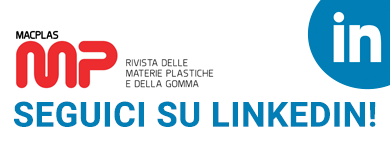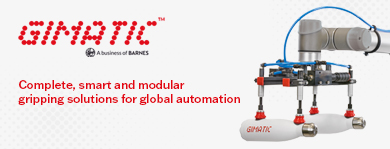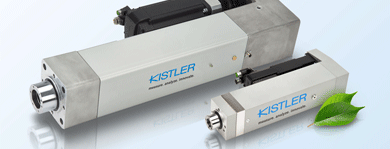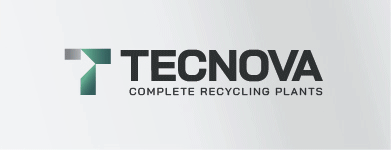According to a recent study by the specialized consulting company Freedonia, U.S. demand for plastic foams should break through the threshold of 4 million tons by the end of 2017, marking a strong resurgence over the period of recession in 2007-2012.
The construction industry is expected to record significant growth thanks to the widespread use of insulating materials, while the steadily increasing use of memory-foam mattresses (which mould themselves to the person's body) will also provide a contribution worthy of note. In any case, packaging should be the main application market for foams with over 30% of overall demand. In spite of environmental concerns associated with the disposal of these materials, consumption should remain high due to their low cost and high performance with respect to alternative materials. However, there is also a growing market for biodegradable packaging foams.
As regards materials, polyurethane is the top seller, especially as a flexible foam (for mattresses, mats and padding). Rigid polyurethane is the ideal solution for walls and insulating roofs. Polystyrene represents about one third of global demand for polymer foams and appears likely to maintain its share thanks to its sealing and insulating qualities, as well as low cost. The use of EPS will surpass that of PS extruded foam (or XPS), finding application as insulation (also for containers) and protective packaging.
























